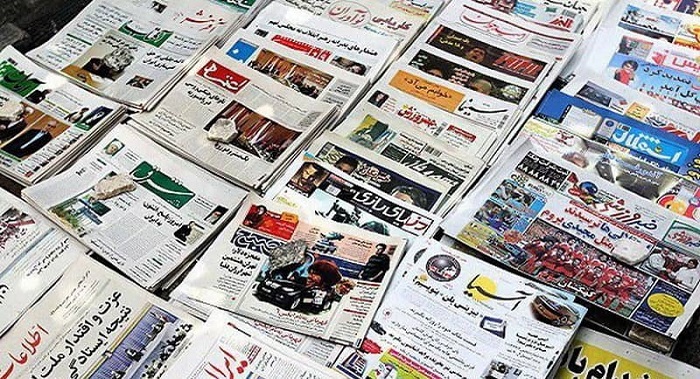
Iran’s state-run newspapers have recently underscored the nation’s burgeoning crisis, spotlighting the harsh realities confronted by citizens, a restive society, and the government’s fear of another uprising.
Amidst unrealistic claims about Iran’s economy from regime officials, state-run Etemad daily voiced concerns over the escalating poverty on May 28, hinting that this situation could fuel migration and rebellion, especially if it stems from governmental and societal deficiencies.
Notably, Etemad drew attention to the dramatic rise in poverty levels in the past 17 years, which have more than doubled from approximately 11 million people in 2006 to around 25 million currently. The paper also expressed concern over the widening wealth gap, with the Gini coefficient—an income inequality measure—rising from 37 to 39, likely surpassing 40, indicating a severe form of poverty exacerbated by factors like rental income.
Ebrahim Raisi’s government, on the other hand, has been propagating statistics about the alleged “economic growth,” downplaying the deteriorating situation. However, in a May 29 article, state-run Jomhuri-e Eslami newspaper questioned Raisi’s claims, citing a discrepancy between the officially reported inflation rate and the inflation rate experienced by the public. A survey by the Majlis Research Center reported people experienced an average inflation rate of 86% in August 2022, contrasting significantly with the Central Bank and Statistics Center’s figures of 46% and 51%, respectively.
Watch and judge how a former official slams #Khamenei over the dire socio-economic crises in #Iran pic.twitter.com/qHEIBNT0P9
— NCRI-FAC (@iran_policy) May 9, 2023
This discrepancy between the official figures and public perception raises doubts about the reliability of the reported statistics and highlights the gap between the government’s narrative and the people’s reality. According to Etemad, rising food prices have caused people to reduce their food consumption, decreasing the average calorie intake by 11% over the years, and negatively affecting the quality of household diets.
Despite these troubling circumstances, Etemad noted, the government’s response seems insufficient, given the significant disparity between the high inflation rate and the meager wage increase. With oil revenues remaining relatively stable, the risk of increasing poverty and inequality continues to threaten the nation.
State-run Ebtekar Daily on May 29 criticized the government’s seemingly detached economic proposals and ridiculed the regime’s unrealistic promises to control inflation and eradicate absolute poverty within weeks. The paper urged authorities to understand the hardships faced by the most vulnerable segments of society and to adopt concrete measures to address them, instead of making empty promises.
Watch and judge how the regime is still struggling with #economic crises in the midst of #IranRevolution2022 pic.twitter.com/X0Z0dqqRv2
— NCRI-FAC (@iran_policy) December 18, 2022
This bleak depiction of Iran’s current economic situation contrasts starkly with the government’s optimistic narrative, underlining the growing disconnect between the authorities’ perception and the harsh realities faced by its people.
MEK Iran (follow us on Twitter and Facebook), Maryam Rajavi’s on her site, Twitter & Facebook, NCRI (Twitter & Facebook), and People’s Mojahedin Organization of Iran – MEK IRAN – YouTu

